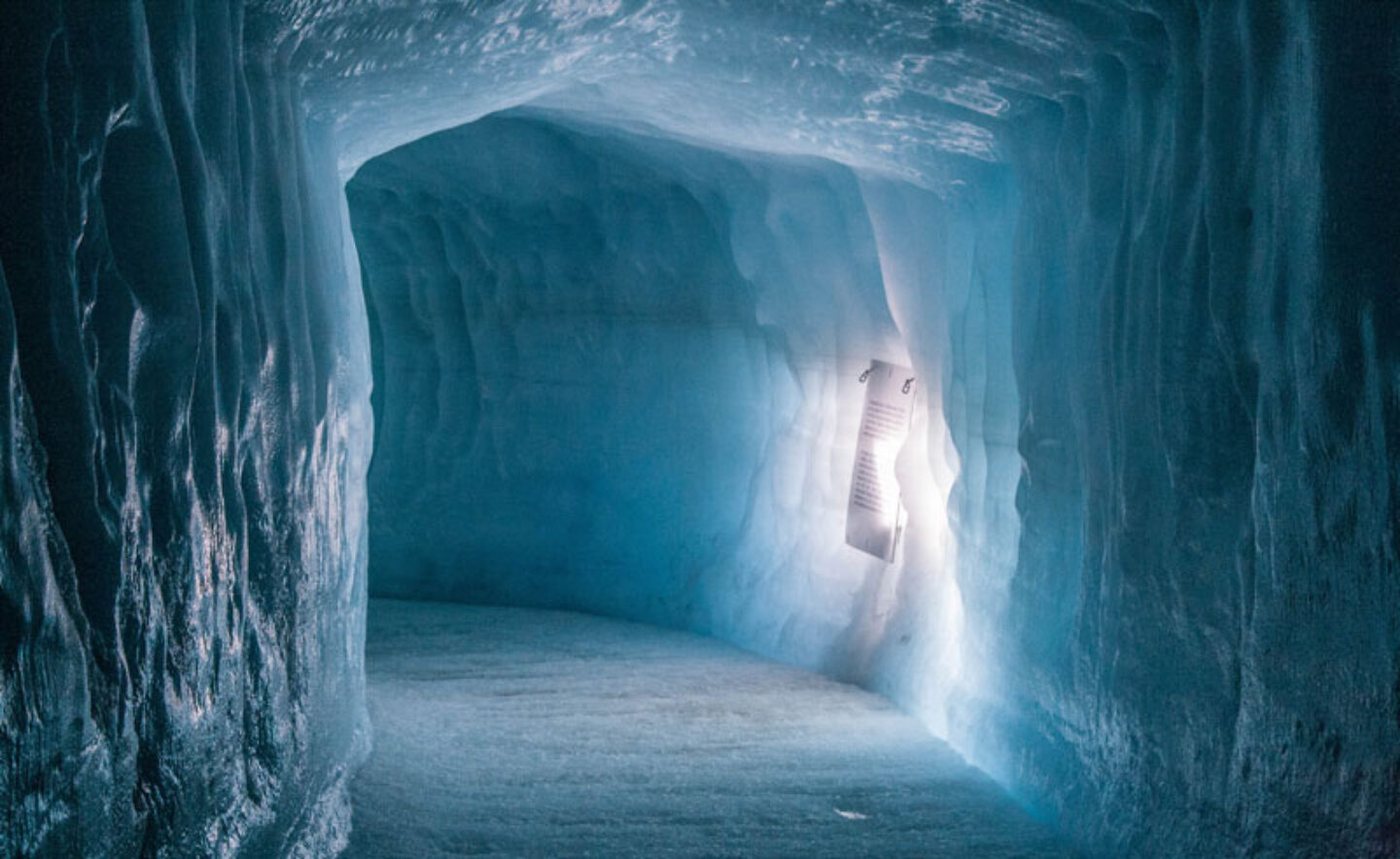
Discover the World client, Kate Muggleton, travelled on our Journey to the Centre of the Earth self-drive holiday in January 2016. This was Kate’s first trip to Iceland.
“Are you ok? Anything worrying you?” my husband asked.
“Aside from driving an unfamiliar, automatic car, on the wrong side of the road in a strange city, in the semi-dark on ice?”
“Yes, apart from those?”
“I’m fine.”
This conversation took place one morning several weeks ago in the parking garage of a hotel in Reykjavik. In truth, I did feel relatively confident. We were armed with an iPad, courtesy of Discover the World, loaded with their newly developed app iDiscover, as well as our personalised itinerary. Over breakfast that morning (and subsequent mornings), we were able to check road conditions, weather forecasts, directions for our day’s route, as well as recommended sites to visit along the way. We certainly weren’t short of information, and felt comfortable that at least in part we knew what we were doing. If nothing else, we were setting out on an adventure – an eleven day self-drive tour of West and South-West Iceland.
We had picked up the appropriately named Skoda Yeti at the airport the afternoon before; fitted with studded snow tyres, 4 wheel drive, and an off-road button for the iciest conditions; it was up to the job. We covered 1,000 miles or-so on our journey and it coped really well – even on snow-covered and icy roads. In the winter months some roads are navigable only by superjeep, and a few impassable altogether, but these tend to be in the interior Highland areas and didn’t cause us any problems. All routes seem to be extremely well-maintained. Despite our stopovers being connected by relatively major roads, we regularly drove for an hour without seeing another car, a little different from suburban southeast England.
When telling people our holiday plans their reaction invariably was ‘Wow, I’ve always wanted to go to Iceland’ or ‘That’s on my bucket list.’ This was usually followed shortly by ‘Perhaps not in January though.’ Exploring parts of Iceland with the chance of seeing the northern lights at the same time was not an opportunity we could miss. But even we questioned our decision somewhat as the car’s temperature display hit -10 degrees on our first morning. As you would expect, it was the wind chill that made the most difference. We went prepared with layers upon layers of thin clothing, multiple pairs of socks under warm boots, woolly hats, snoods, and decent waterproof jackets. Hands were the trickiest things to keep warm, especially when the urge to take photos was around every corner, but I eventually settled on a formula of wrist warmers and thin gloves over the top, followed by a slightly thicker fleece pair, leaving me enough movement to still operate my camera’s smallest buttons.
My main concern when planning the trip was whether we would have enough daylight hours to see everything we wanted, particularly on days where we had longer distances to cover between hotels. This was never a problem, and in some ways a blessing. We saw the sun come up every day; not something we could honestly claim on many holidays. It was invariably spectacular and not a sight I can ever imagine getting bored of.
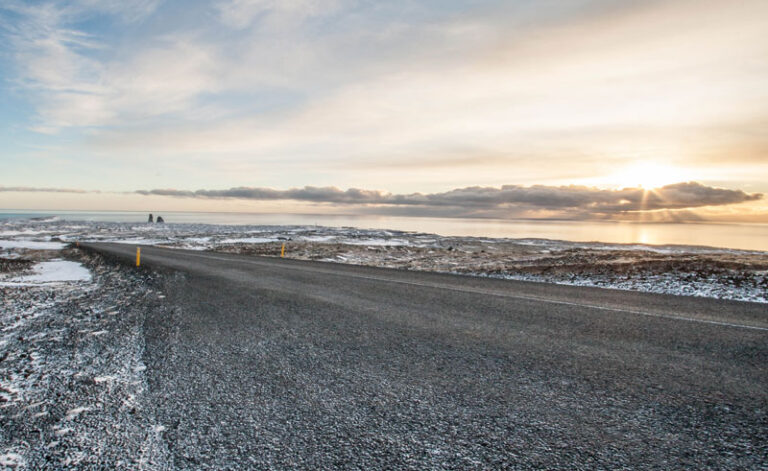
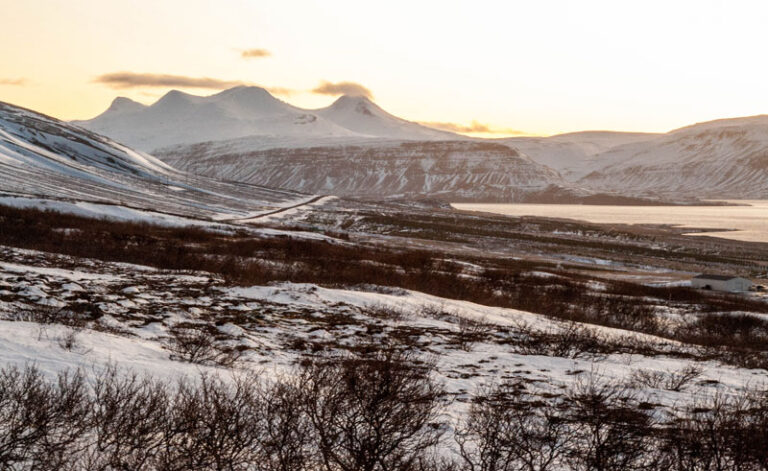
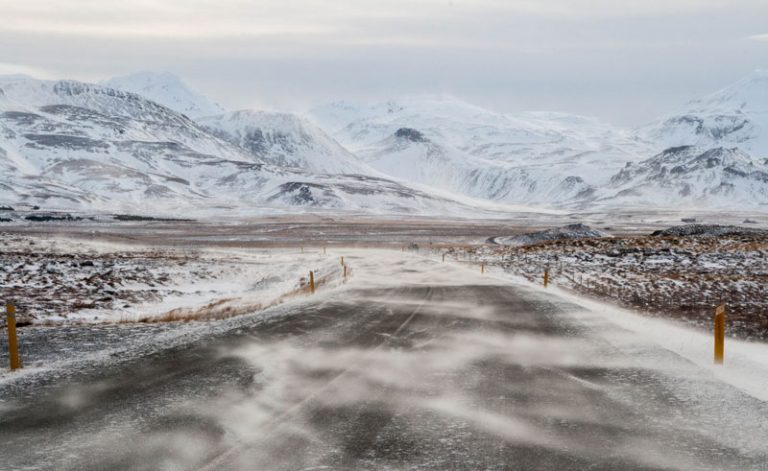
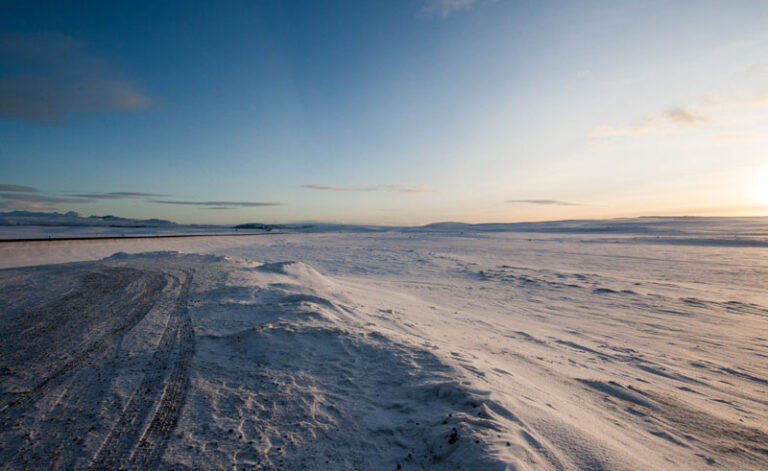
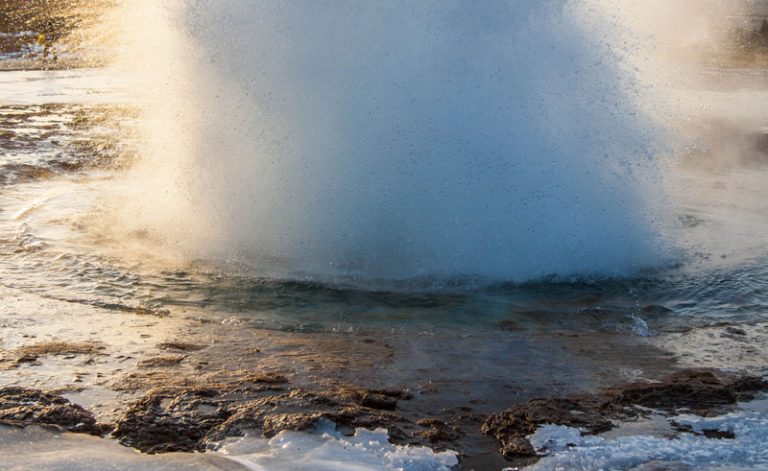
Officially sunrise on our first day was after eleven o’clock, a rather daunting concept in itself, but by ten it was already starting to get light. I’ll never forget driving out of the Hvalfjordur tunnel that morning; distant mountain peaks glowing pink, kissed by the first light of the day, dramatic streaks of colour criss-crossing the immense skies I had been so longing to see. On clear days, which we were blessed with most of the time, there was still a little daylight beyond five o’clock in the afternoon. The days lengthened so quickly, we noticed the difference in the course of our visit.
“I’ll never forget driving out of the Hvalfjordur tunnel that morning; distant mountain peaks glowing pink, kissed by the first light of the day, dramatic streaks of colour criss-crossing the immense skies I had been so longing to see.”
Our first stop outside Reykjavik was the stunning Snaefellesnes Peninsula; endless snow-capped mountains and lava fields dotted with small settlements, the occasional collection of farmhouses and functional but attractive wooden churches. Our planned whale watching trip was cancelled due to high winds – a risk one unfortunately takes – but it gave us a day to explore the pretty fishing port of Stykissholmur, the largest town in the area.
Being at the mercy of nature’s power on this small island adrift and alone in the North Atlantic, was a recurring theme throughout our trip, from the majesty of the existing landscape to the awe-inspiring concept that it is ever-changing. New land continually forms as the North Atlantic and European continental plates drift apart millimetres a year. Every glacier and each volcanic eruption reshape the country. We stood on kilometres of flood plain created only decades ago by volcanic activity in the South. This unpredictability gives the Icelanders an air of being ready for anything. Why worry about what you can’t prevent? And at least for the people we spoke to, the inevitability of future eruptions adds a certain excitement to day-to-day life.
Leaving Snaefellsnes, our next excursion was the fabulous Into the Glacier trip to see the tunnels built into Langjokull glacier which opened to the public last summer. We ascended over 1,000 metres above sea level from the meeting point at Husafell, and the drive was almost worth the trip on its own. At the top we were guided through the carved out walkways for an hour or so to a depth of 35-40 metres under the surface of Europe’s second largest glacier. The result of the infamous 2010 Eyjafjallajokull ash cloud eruption could be seen as a sooty layer in the icy walls. Looking from beneath at crevasses, tens-of-metres deep, was also fascinating.
No one knows quite what the impact on the glacier will be. It is the first time in the world that anything like this has been done, but it is expected that within 15 years or so, the forces of nature will close up the tunnels as the weight of ice continues its path slowly down the mountainside. Our excellent guide spoke passionately about the threat of global warning and of his first-hand experience of the extent of glacial melt during his lifetime. If only this trip could be made mandatory for all school children around the world, the future of the planet would be left in better hands.
Next stop was the must-do sites of the Golden Circle: Thingvellir National Park, hot water springs at Geysir, and Gullfoss waterfall, each extraordinarily impressive in their own, very different ways. With the number of visitors to Iceland growing exponentially each year, we felt lucky to be able to see these whilst relatively uncrowded.
Then we moved onto the south coast. One of the highlights of the whole trip was a day in a super-jeep exploring the Thorsmork area. We were lucky enough with the weather to be able to drive to the top of the Eyjafjallajokull volcano (which after ten days of practising, I can now pronounce) and stand on the edge of the crater created by the 2010 eruption. It was a really still day and despite the -8 temperatures – it felt relatively mild. It was the quietness though that will stay with me. The sense of peace standing on crunchy snow, peering down into an icy hole 1,600 metres above sea level, awestruck by the power of nature all around us.
Our guide for the day was born and had grown up locally, and was extremely knowledgeable about the geography of the area. He took us to see a smaller tongue glacier, this time viewed from the bottom, and to the start of the Laugavegurinn hiking trail where we stopped for a much needed warming lunch of vegetable soup. In the summer this rest stop gets upwards of 50 visitors a day, all walkers, but on a Tuesday in January we had the place to ourselves, save for the semi-tame arctic fox begging for titbits.
The following day we explored the coastline as far as Vik. With temperatures here above freezing there was little snow around, giving us a sense of how green the country would be in the summer. We stood on the beaches mesmerised by the Atlantic breakers crashing onto the jet black sand.
Never have I felt more humbled by our position in the universe than when watching the elusive aurora. I had assumed that as long as you had a clear sky and were away from ambient light, you would be pretty much guaranteed to see the northern lights at this time of year. I soon realised it was far more complicated than that. All of the hotels we stayed in had an aurora wake-up call list at reception, saving their guests from staring fruitlessly at the sky deep into the night. What I didn’t know was that you had to be facing northwards, obvious if you think about it which I never had, but also activity levels vary from night to night. These then have to be combined with a clear, dark sky to maximise chances.
Having said all that, we were lucky enough to see them three times, the best of which was during dinner, on a really overcast night with little activity expected. Like magic, there was a gap in the clouds and ribbons appeared first yellow then green, dancing across the sky. Darker patches, initially disguised as lower-lying cloud gradually changed colour and shape. Even Hotel Ranga’s incredible food couldn’t compete with glimpses of this amazing phenomenon.
“Never have I felt more humbled by our position in the universe than when watching the elusive aurora.”
The previous evening we had been to the hotel’s observatory to hear a talk by the resident astronomer wrapped up in the provided fleece-lined suits. It was a beautiful clear night, but the bright moon meant that few constellations were visible. We peered through several space telescopes set up for this purpose as he talked us through the features of the lunar landscape, not dissimilar from the immense, starkly beautiful plateau we had driven across the day before.
From here we headed back towards Reykjavik, making several stops researched on iDiscover along the way.
Once back in the capital we booked a whale watching trip from the Old Harbour, hoping to make up for our missed opportunity in Snaefellsnes. We had one of the best sightings of white beaked dolphins that they had had for a while. Pods of four or five joined us on each side of the boat, but sadly no whales. A humpback had been spotted the week before, but it didn’t put in an appearance for us.
Unwilling to leave the amazing landscapes behind just yet, we spent our final day driving around the outside of the Reykjanes peninsula, across yet more incredible lava fields and past fishing settlements nestled on the bleak coastline before hitting the Blue Lagoon. A final gourmet lunch before floating in the salty hot thermal waters with a free glass of Prosecco seemed a fitting way to round off an incredible eleven days.
All images © Kate Muggleton
Start Planning Your Trip
You can follow in Kate’s footsteps on our 7-night Journey to the Centre of the Earth itinerary. This year round itinerary takes in the best of Snaefellsnes and the south coast. Alternatively, view all our Iceland fly drive holidays.
For help and advice on planning your Iceland holiday, send an enquiry or speak to one of our Travel Specialists today, who will be happy to share their first-hand experience and offer recommendations.

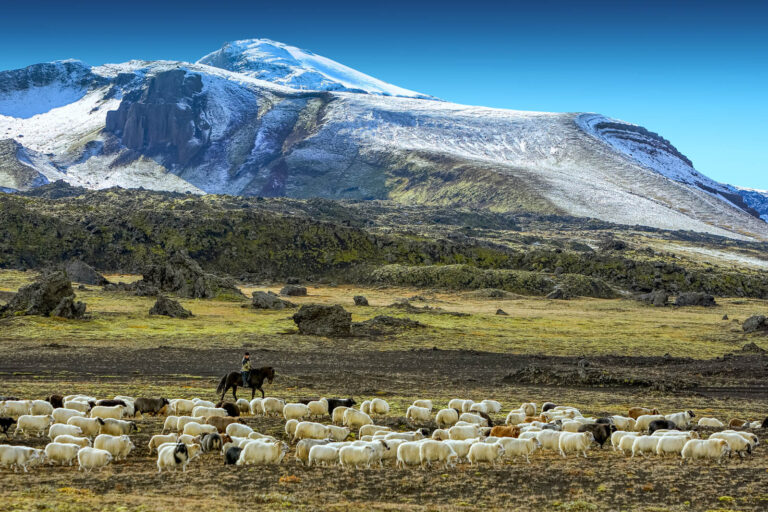
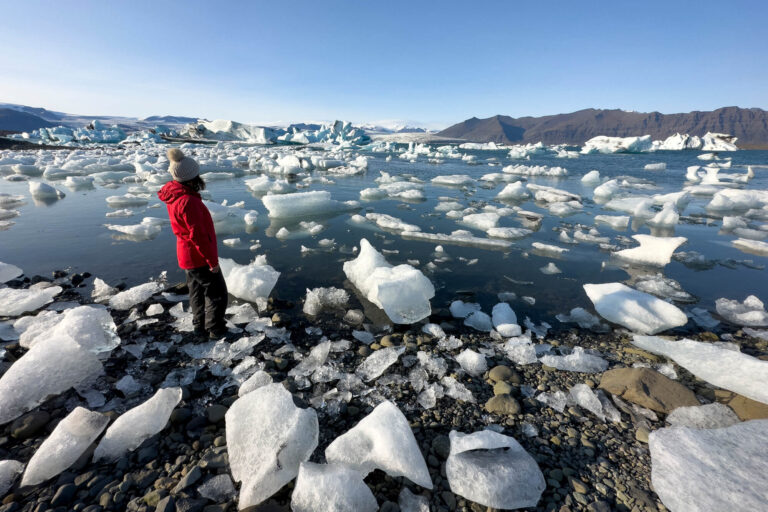



 Instagram
Instagram
 Facebook
Facebook
 YouTube
YouTube